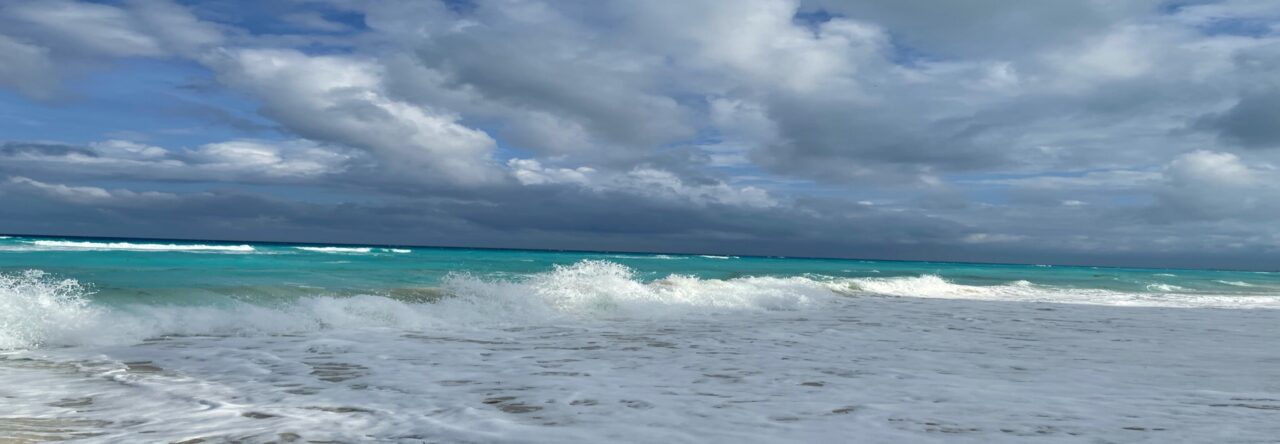
“Babi Yar. Context” (AP 1944 Photo)
Perhaps the most succinct thing that can be said about “The Natural History of Destruction,” a film that screened at Cannes by Ukrainian filmmaker Sergei Loznitsa, is that there is nothing “natural” in destroying what has taken civilization centuries to build. There is nothing “natural” about massive civilian loss of life. This screening was the North American Premiere of the film.
On October 22nd, the film was awarded the Silver Hugo at the Chicago International Film Festival, with the following comments:
This 1 hour and 52 minute film is based on the book by German writer W.G. Sebald, “Air War and Literature.” It has no narration, as such, and consists solely of archival material of bombs being made. Bombs being loaded onto war planes. Planes dropping bombs. Bombs exploding. Dead bodies on the ground. Civilians suffering the after-effects of the bombings.
There is, however a prelude of sorts where we see the happy civilian populace of a variety of cities—mostly in Germany, it appears, from the blimp flying overhead (OL-2129) with the German swastika on its tail. The people are enjoying life, unaware of the tragedy that is about to befall them.
Most of the footage is black-and-white, but it lapses into color periodically. What we see of the unnamed cities are bombed-out craters, buildings on fire, and complete rubble. In other words, it looks a lot like the Ukrainian cities that are being bombed by the Russians now, or like the remains of Naples, Florida after Hurricane Ian.
What little narration there is may be mumbled voices saying things like: “I’ve never seen anything like this.” “Neither have I.” “4,000 pounds just went up.” “Good show!”
The use of “Good show” pins down the bombers as being the RAF (British Royal Air Force), but the Luftwaffe is also involved in a variety of dogfights, and we hear other speakers (Churchill, Sir Arthur “Bomber” Harris, Field Marshal Mongtomery) talking about the entrance into the war of the United States: “Now we are no longer alone. We have powerful allies. Many tonnage of explosives can be carried into Germany.” Prime Minister Winston Churchill is shown being applauded by crowds in the streets and saying the British shall “stride forward into the unknown.”
Churchill is also heard saying: “We shall drive on to the end and do our duty, win or die. God helping us, we can do no other.” Churchill also urges German civilians to flee the cities where munitions are being made and watch their country burn from afar (or something else remarkably uncharitable).
A German voice, unidentified, decries the “shameful bloody campaign of today” and vows to fight on using counter-terrorism. You get the feeling that the director simply wants to make the point that killing innocent civilians of ANY country is unjustified, but the lack of identification of cities or speakers or air forces leaves one adrift. Are we looking at the ruins of Germany or of England? It probably doesn’t matter to the director, who simply wants to make the point that this sort of wanton destruction is wrong, no matter what.
British officer Sir Arthur “Bomber” Harris is heard saying, “There are a lot of people saying bombing can never win a war. So, then, I say, we shall see. Germany will make a most interesting initial experiment.”
I live near Arsenal Island in Rock Island County, Illinois. The island has been involved in making munitions for the U.S. Army for a very long time—at least back to the Civil War, when it also served as a POW camp for captured Confederate soldiers. In the event of a nuclear Armageddon, which seems more and more likely with leaders like Vladimir Putin on the loose, we will have a big target on our backs as the enemy attempts to wipe out the capabilities of this large government installation.
I hope this Ukrainian filmmaker’s plea that people wake up and quit wreaking destruction on peaceful civilians in such horrible ways finds an audience of sane leaders, but it seems less likely with every passing day. “The Natural History of Destruction” opens on October 17, 2022.
